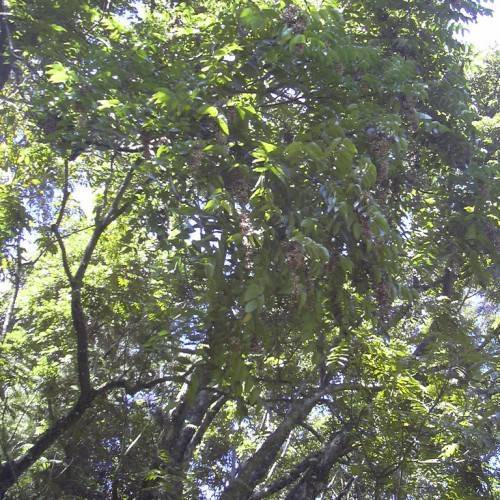
Australian redcedar
Toona ciliata
Cycle:
Perennial
Watering:
Frequent
Hardiness Zone:
9 - 12
Flowers:
Flowers
Sun:
Full sun
Leaf:
Yes
Growth Rate:
High
Maintenance:
Low
Drought Tolerant:
Yes
Salt Tolerant:
Yes
Invasive:
Yes
Care Level:
Medium
watering
Australian redcedar plants should be watered deeply about every 7 to 10 days. The amount of water given should be adequate enough to moisten the soil of the entire root zone. If the soil is sandy, the plant should be watered more often and if the soil is heavier, then this should be done less often. Water once the soil is dry to a depth of 2-3 inches. Do not over-water, as it can lead to root rot.
sunlight
Australian redcedar (Toona ciliata) is a species of plant that generally prefers full sun to partial shade and thrives best in areas with 8 to 10 hours of direct sunlight each day. This species prefers a warm, humid climate and needs regular watering to keep its foliage bright and vibrant. It can handle some periods of drought, but will require supplemental irrigation during extended periods of dry weather. During cooler months, Australian redcedar should be given some shade from the midday sun to prevent leaves from burning and the plant from suffering from stress.
pruning
Australian redcedar (Toona ciliata) should be pruned lightly throughout the growing season. Pruning in the late winter to early spring will stimulate the growth of new foliage. Pruning during the summer should be done at a minimal rate. Pruning should not involve removing more than 1-third of the plant’s overall mass. Large limbs should be pruned back to a lateral branch or major bud. Branches that cross should be removed, and dead or diseased branches should be taken out completely. It is also beneficial to remove branches that rub against each other, to better shape the plant. Finally, if needed, lightly shear the tips of the lateral branches to keep the plant looking neat.
